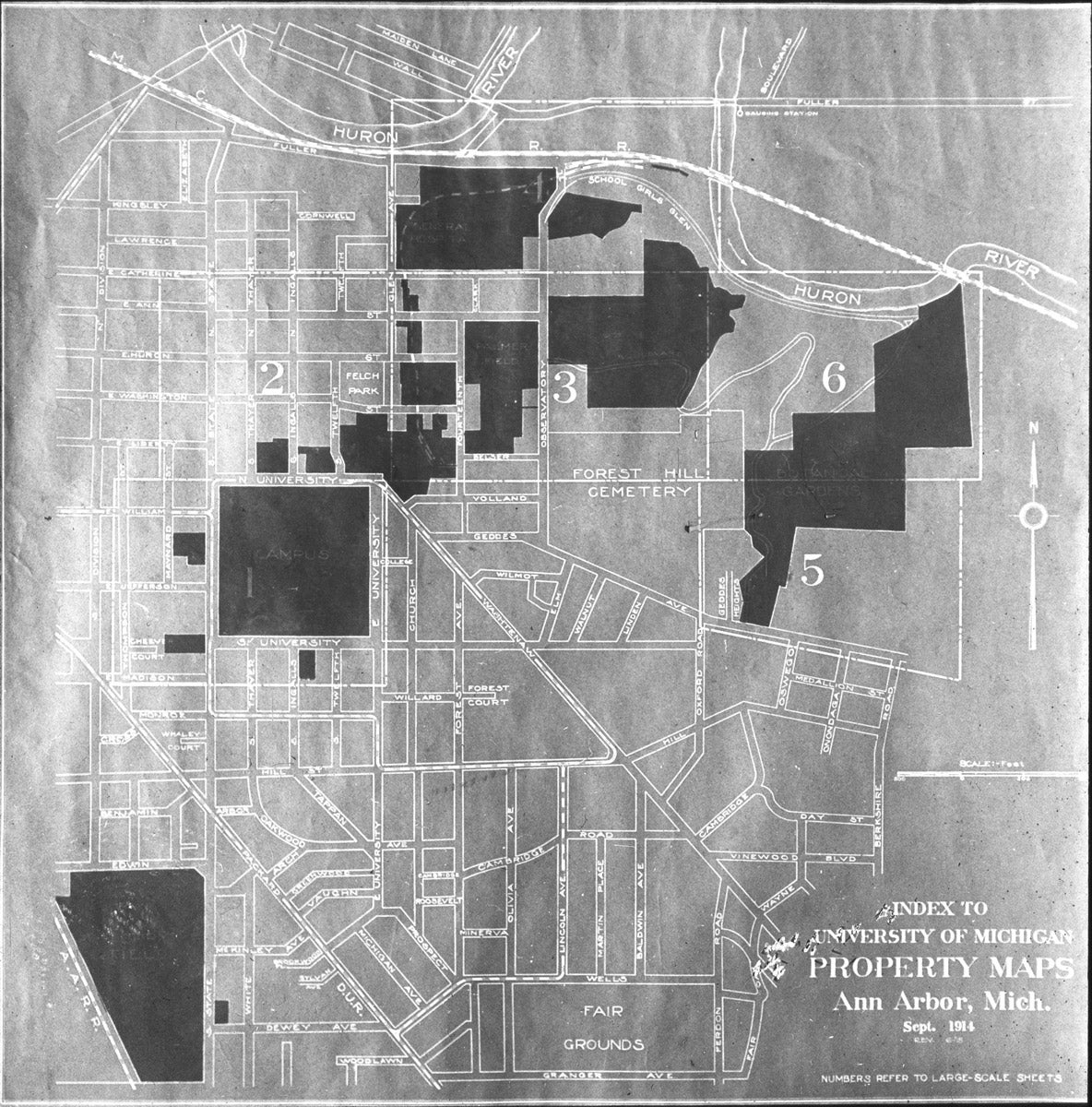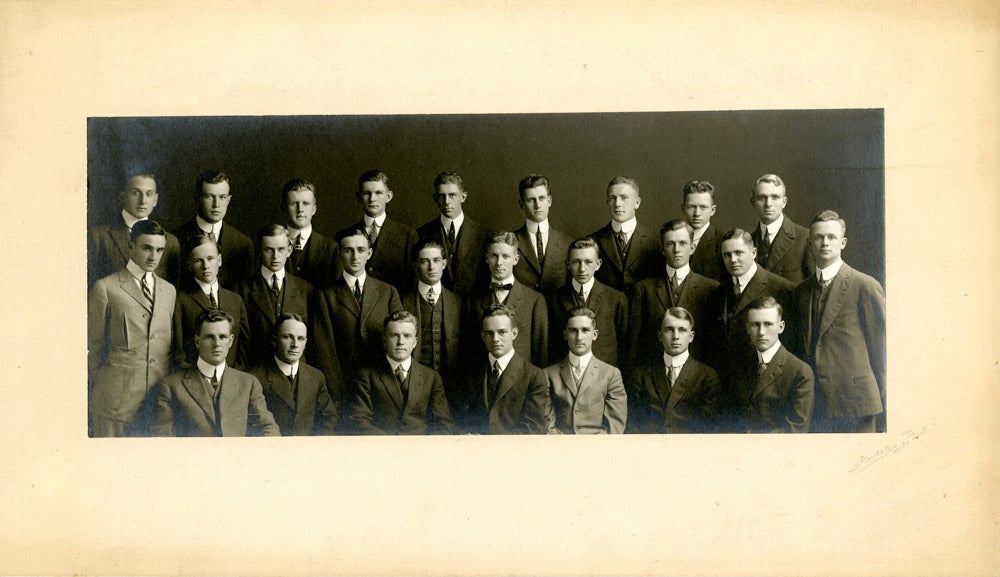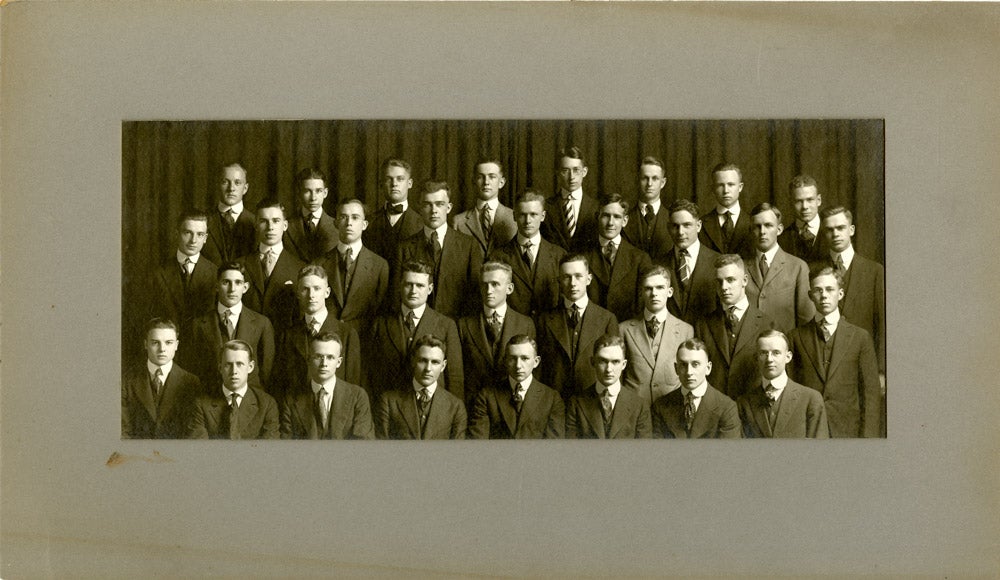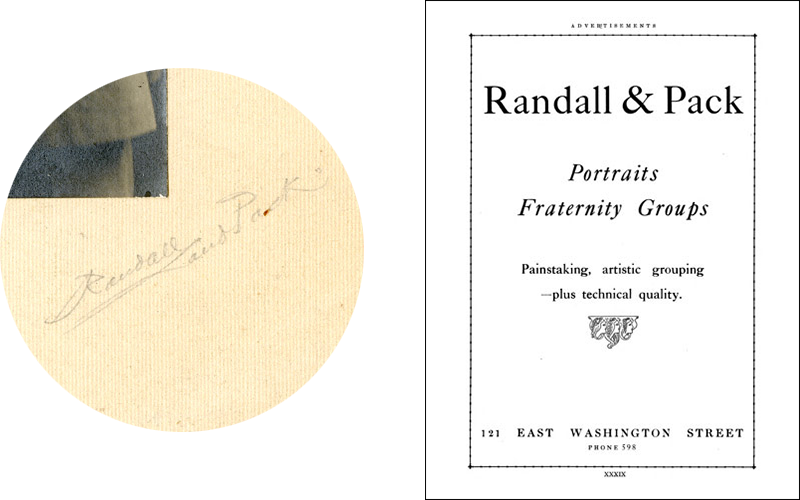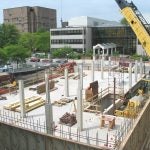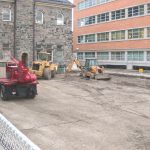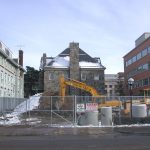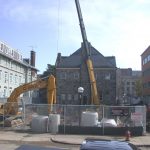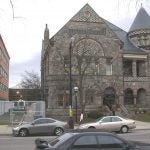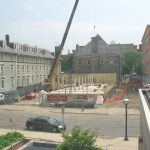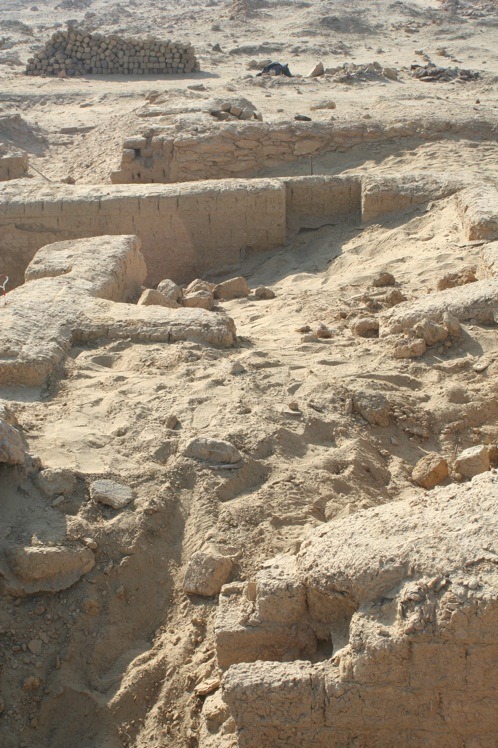Don’t miss the deadline to enter the 2018–2019 Jackier Prize Competition!
The deadline to enter the 2018–2019 Jackier Prize Competition is fast approaching!
Are you a U-M undergraduate interested in archaeology, ancient history, or museum studies? Do you fancy a little extra pocket money? If you answered “yes” to both these questions, consider entering the Jackier Prize Essay Competition!
What is the Jackier Prize Competition?
Every object has a story to tell about the people who made it and those who used it or gave it value. The Jackier Prize Competition provides an opportunity for U-M undergraduates to explore and discover the stories behind the objects at the Kelsey Museum of Archaeology. The competition is open to any undergraduate from any discipline at U-M. The essays that best demonstrate excellence in archaeological research will be awarded a cash prize, made possible by the generous donation of U-M alumnus Lawrence Jackier and his wife Eleanor.
How can I enter the contest?
Submit a five- to ten-page essay that examines an object or objects in the Kelsey Museum. This can be a paper you have already written for a class or one written specifically for this contest. You may choose an object on display or one from collections storage. The subject matter of the essay may vary, but the essay needs to reflect careful research.
Submissions are due by 8 a.m., Monday, January 28th. Up to five winners will announced in mid-February 2019.
The Jackier Prize will be presented to the winners at a ceremony in early April 2019. Each winner will also receive a collection of Kelsey Museum publications and will have the opportunity to participate in the creation of a museum exhibit featuring the objects written about in the winning essays.
Ready to submit your essay?
Submit your essay via email to Jackier.Prize2019@umich.edu. On the first page of the essay, please provide the title of the essay, a picture(s) of the object(s) discussed in the essay, and your name and email address. You will receive an email within 48 hours confirming that the essay was successfully submitted.
Need more information? Get the full submission details here.
Good Luck!!
Don’t miss the deadline to enter the 2018–2019 Jackier Prize Competition! Read More »


